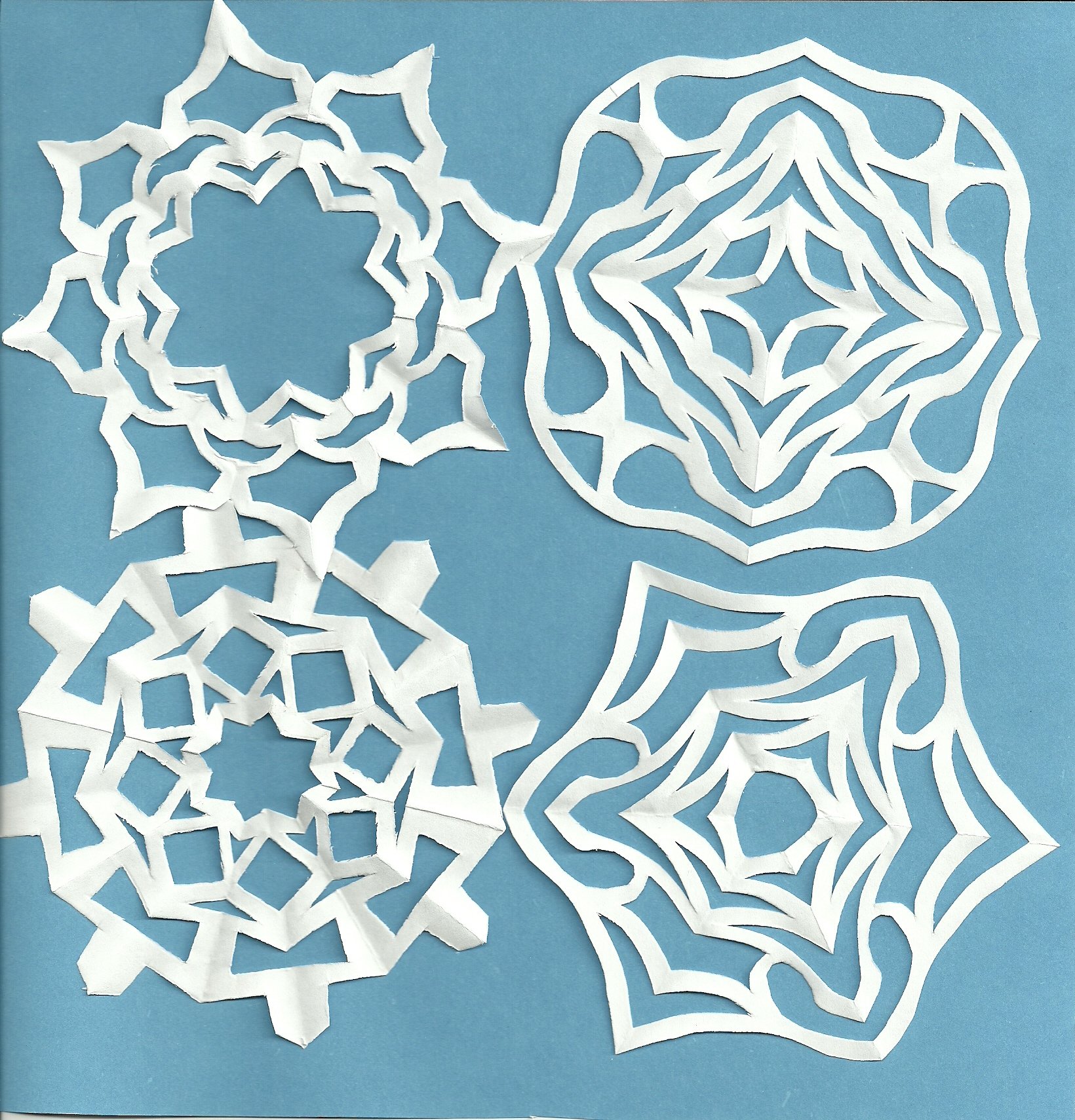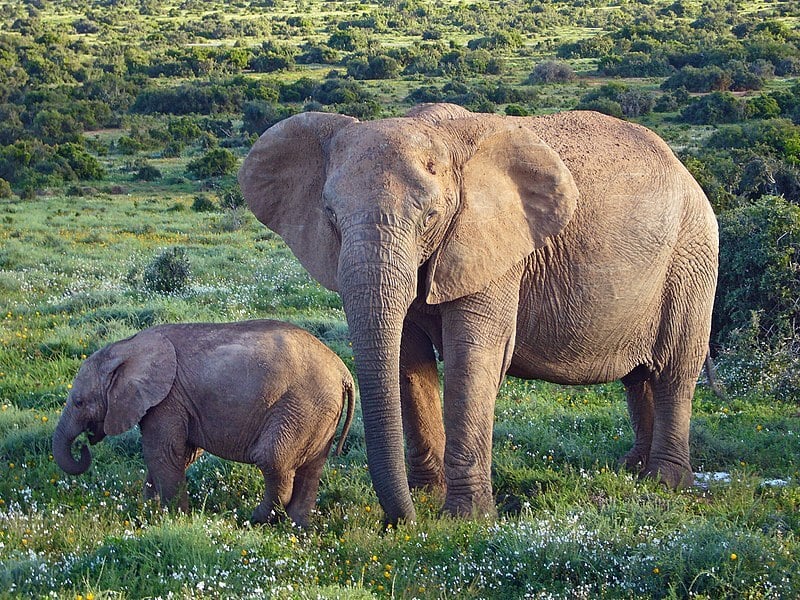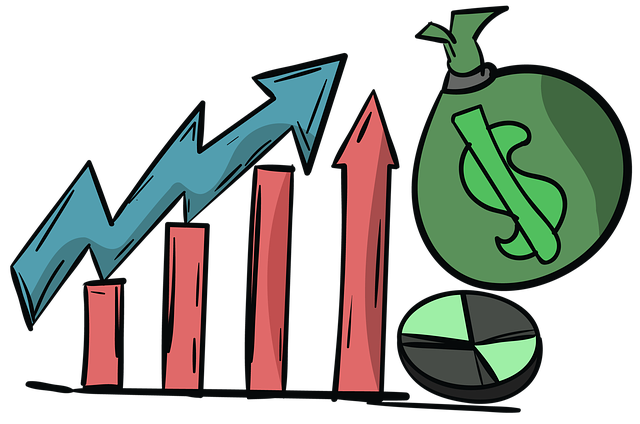Changing Content Landscape
One of the words you may have heard more often over the last few years is “content.” It refers to a vast ecosystem of information that can range from funny viral videos to book reviews to news reports, games, lessons, and countless other forms of media you can find today. The Information Age has been exciting; an unbridled time of great expansion, creation, and democratization. We saw the rise of the citizen journalist and publicly accessible encyclopedias like Wikipedia. Social media and video platforms have become popular vehicles for this democratization of information, leading to a situation in which anyone, anywhere, qualified or not, can add to the information glut the democratized internet provides.
These changes are having a big impact, both positive and negative, on educational settings, where the accuracy and relevance of the content students learn from is mission-critical.
The Over-Abundance of Information
More recently, the rise of remote education solutions for the problems posed by the COVID-19 pandemic accelerated the adoption of video as a core teaching tool of teachers today. According to Kaltura, 94% of educators plan on continuing a hybrid education approach after the pandemic, and 97% of educators report that video is an essential part of the student academic experience, even becoming the preferred teaching medium.
The role of video in education today cannot be overstated. It’s understandable why teachers would turn to a digital video platform like YouTube to provide its educational content: the platform is easily accessible, free, and offers plenty of videos about any topic you can imagine. This abundance is in many ways a benefit: with a greater range and variety of options to choose from, educators and students can find the content that’s right for them. However, YouTube can also feel like a fire hose: unrelenting and overwhelming. As an educator or curriculum developer, how do you zero in on the exact best video to teach a specific concept that aligns to your state standards? Also, it’s a wild world of information, teeming with inaccurate or inauthentic information potentially lurking behind innocuous appearances.
The Rise of Disinformation
There are many unfortunate examples of misinformative, misrepresented, or simply inaccurate information making its way to students. There’s scientific misinformation distributed by AI, historical denialism pushed by YouTube’s algorithm, and ChatGPT’s declining ability to remain accurate and consistent in its responses to queries, all adding up to a content landscape full of pitfalls. There are efforts to equip students with greater critical thinking and media literacy skills to combat this reality and those are vital tools for any student, educator, or curious human being moving through the world today. However, even with those skills in place, the video platforms where educators can easily access content present countless opportunities for inaccurate or inauthentic content to slip past even the most discerning eyes. Conspiracy theories flourish alongside bigotry, fake news, and sophisticated disinformation tactics—all amounting to a formidable threat to the educational mission.
Curation is Critical
Now more than ever, educators and students need accuracy and authenticity in their informative and educational content. The Information Age has made a tremendous volume of content easily available but has left us in need of a way to discern accurate information from inaccurate, and the authentic creators from inauthentic. While teaching media literacy and critical thinking are vitally important skills for the Information Age, they aren’t fully adequate to the task when content platforms can be inherently untrustworthy based on their advertising-driven business models.
What we need are content platforms populated by creators that educators and students can trust. And we need rigorous verification of the educational content students consume to ensure they’re given the best material with which to build their understanding of the world. We need a Curation Age, where instead of vast quantities of largely unmoderated information of unknown provenance, students have access to carefully curated content that’s been verified as accurate and authentic, and aligned to learning standards. Boclips has solved this problem for educational video.
Boclips is a safe, trustworthy video platform offering the world’s largest collection of Ed-Ready videos. Featuring more than 2.2 million high-quality, relevant, short-form videos from 550 authentic sources including the Smithsonian Institution, PBS, TED-Ed, the Canadian Broadcasting Company, and many more, Boclips offers curated educational content from a growing list of known and respected brands, aligned with curriculum standards such as Common Core, NGSS, state standards, and selected national standards. Boclips offers a balance between abundant choices in educational videos and trustworthy curation of content.
To begin enhancing the learning experience with credible, engaging video content, access our API for free or explore Boclips Library today.
- #Classroom
- #Video in Digital Learning
- #Educational Videos
- #Tips for Using Video
- #Video Content Partners
- #Boclips for Publishers
- #Issues in Education
- #Educational Videos by Subject Area
- #News and Announcements
- #Events & Holidays
- #Video and Teaching Tools
- #Teaching Methodologies
- #Education Videos
- #Video and Digital Literacy
- #Short Educational Videos
- #Instructional Design
- #Multimodal Learning
- #Video and Student Safety
- #Accessibility in Education
-3.png?width=390&height=223&name=Untitled%20design%20(2)-3.png)
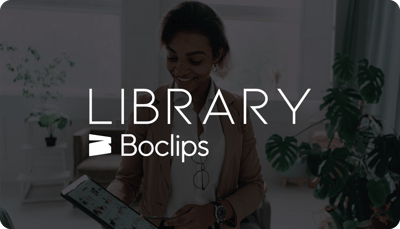
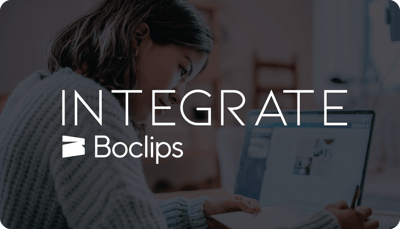
.png?width=1152&height=660&name=Copy%20of%20Untitled%20Design%20(1).png)

